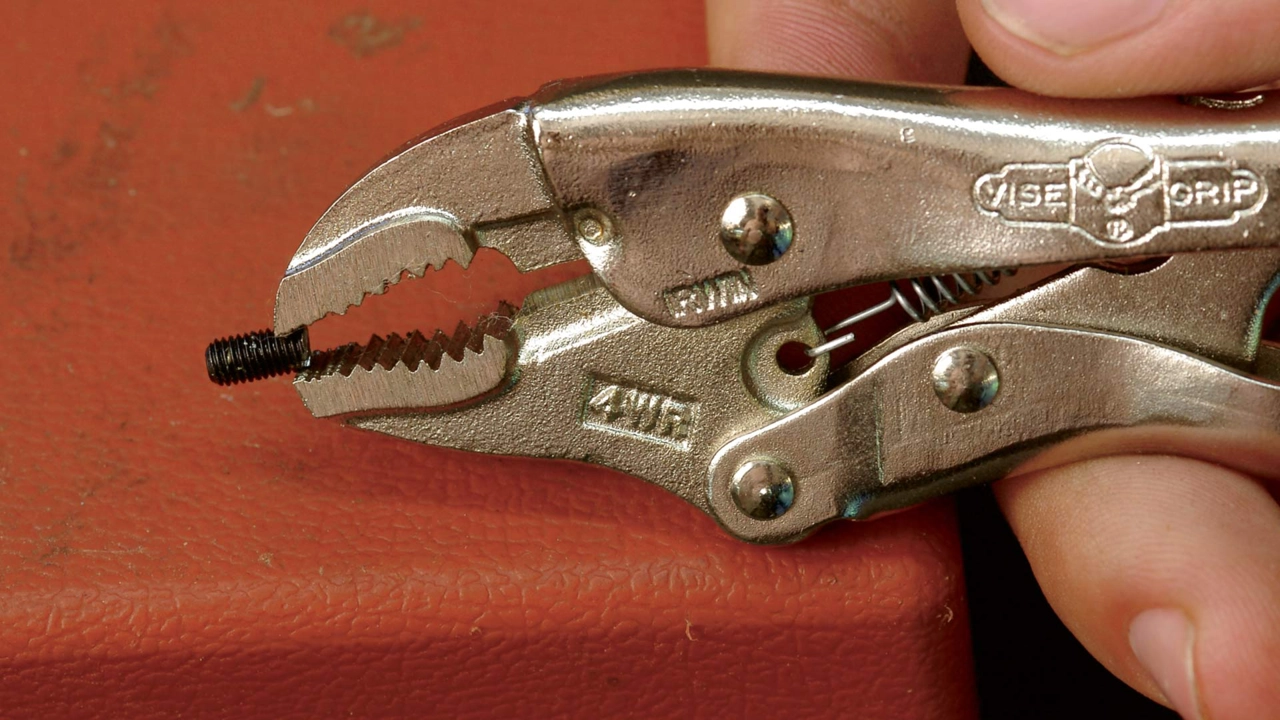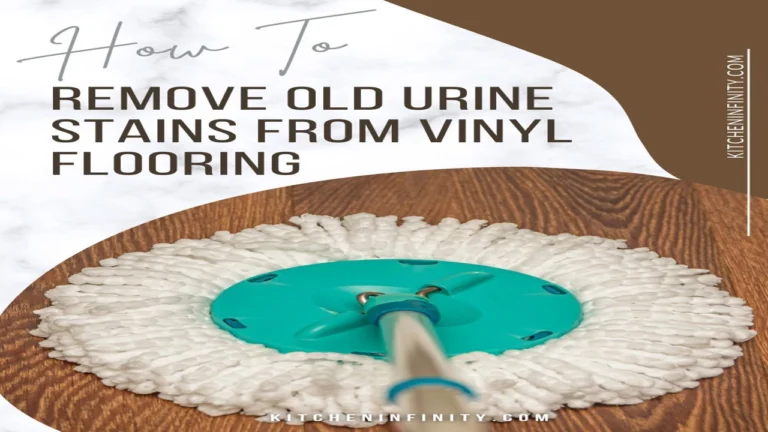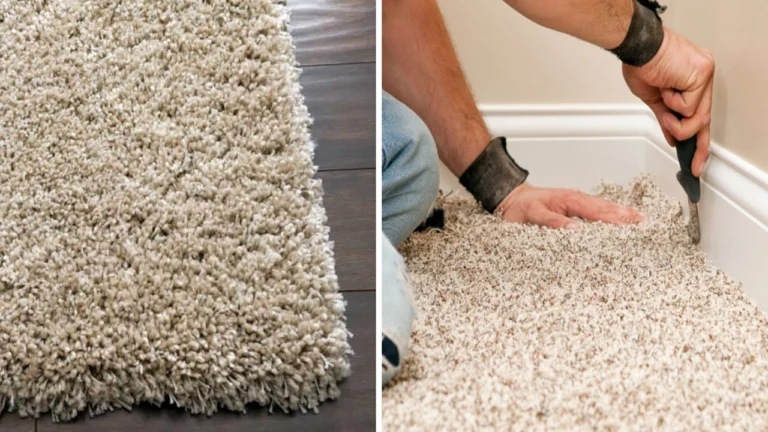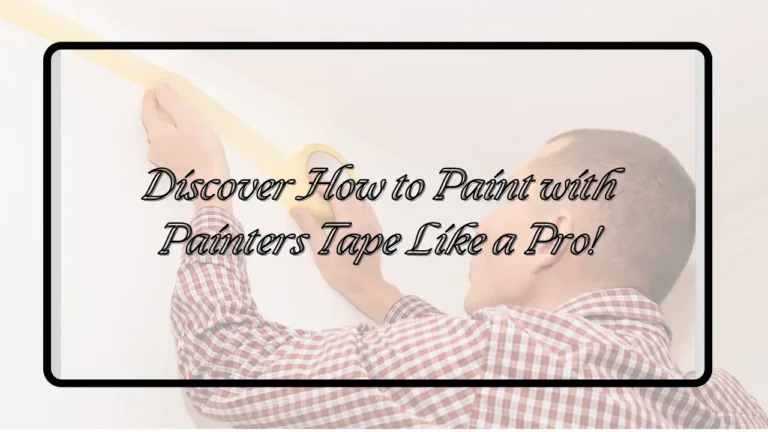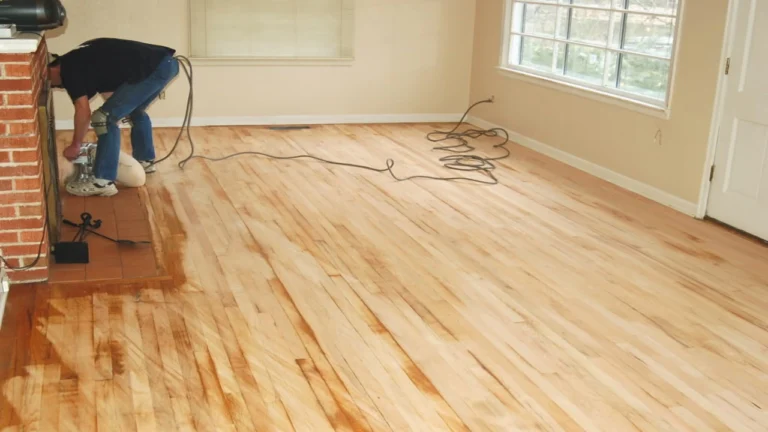Unlock concrete how to remove screws easily
How to remove screws from concrete can be a challenging task, but with the right tools and techniques, it’s achievable. If the screw is protruding, you can use a screwdriver or drill to remove it. However, if it’s flush with the surface, you’ll need to utilize specialized tools like a screw extractor or a Dremel tool with a cutting disc. Before attempting removal, assess the screw’s condition and choose the appropriate method.
how to remove screws from concrete without breaking your drill
Removing Screws from Concrete: A Comprehensive Guide
Removing screws from concrete can be a frustrating task, especially if you’re dealing with stubborn fasteners or limited space. Fortunately, there are several effective methods you can employ to loosen and extract those pesky screws. This guide will walk you through the most common techniques, helping you tackle this common DIY challenge.
Understanding the Challenges
Before diving into the removal process, it’s crucial to understand why removing screws from concrete can be tricky. Concrete is a strong and rigid material, offering a firm grip on the screws. Additionally, screws often become corroded or rusted over time, making them even harder to extract.
Tools You’ll Need
Before attempting to remove a screw from concrete, gather the necessary tools. Having these items readily available will streamline the process and increase your chances of success. Here’s a basic tool kit:
- Screwdriver: Choose a screwdriver with a tip that matches the screw head size.
- Hammer: A standard hammer will be used for striking the screwdriver.
- Pliers: A pair of pliers can help grip and rotate stubborn screws.
- Wrench: Depending on the screw type, a wrench may be necessary to provide additional leverage.
- Drill: A cordless drill with a suitable bit can be used to loosen or remove stubborn screws.
- Impact Driver: An impact driver provides high torque for removing stuck screws.
- Safety Glasses: Protect your eyes from flying debris.
- Work Gloves: Protect your hands from sharp edges and debris.
Methods for Removing Screws from Concrete
Now that you have your tools, let’s explore the different methods for removing screws from concrete. These techniques cater to various screw conditions and accessibility levels.
1. The Classic Method: Using a Screwdriver
This is the most basic method for how to remove screws from concrete. Start by firmly gripping the screwdriver at the handle. Position the screwdriver tip securely in the screw head. Apply gentle pressure while turning the screwdriver counterclockwise. If the screw is stubborn, give the screwdriver a few taps with the hammer. Be careful not to damage the screw head. If the screw head is stripped or damaged, move to the next method.
2. Using Pliers for Extra Grip
If the screwdriver isn’t providing enough grip, pliers can be your next tool. Choose a pair of pliers that comfortably grip the screw head without damaging it. Apply pressure on the screw head and turn counterclockwise. If the screw is still stuck, try giving the pliers a gentle tap with the hammer.
3. Employing a Wrench for Added Leverage
For larger screws or those with square or hexagonal heads, a wrench can provide significant leverage. Select a wrench that fits the screw head securely. Position the wrench and apply force counterclockwise to loosen the screw.
4. Drilling Out the Screw
If the screw is completely stuck or stripped, drilling it out may be the only solution. Use a drill bit slightly smaller than the screw’s diameter. Drill into the screw’s center, aiming for a depth just below the screw head. Once the screw is sufficiently weakened, use a screwdriver or pliers to extract the remaining portion.
5. Impact Driver: The Powerful Solution
An impact driver offers powerful torque for removing stuck screws. Choose an impact driver with a suitable bit and securely attach it to the screw head. Apply pressure and let the impact driver loosen the screw. Be cautious as impact drivers can generate significant force.
6. Breaking the Screw Head (Last Resort)
If all other methods fail, you can resort to breaking the screw head. Use a chisel and hammer to carefully strike the screw head, breaking it into pieces. This will allow you to remove the broken pieces and replace the screw with a new one.
Tips for Easier Screw Removal
Here are some additional tips to make screw removal from concrete a smoother experience:
- Lubricate the Screw: Apply penetrating oil or WD-40 to the screw head. This can help loosen rust and make turning easier.
- Warm Up the Screw: If the screw is rusted, applying heat can help loosen it. Use a heat gun or a blowtorch for this purpose, but exercise caution as overheating can damage surrounding materials.
- Protect the Concrete: If you’re using a drill or impact driver, place a piece of wood or metal beneath the screw head to prevent damage to the concrete surface.
When to Call a Professional
While the methods described above address many screw removal scenarios, certain situations warrant professional assistance. If you encounter:
- Deeply Embedded Screws: Screws that are difficult to access or located in critical structural areas.
- Complex Concrete Structures: Removing screws from intricate concrete designs or structures.
- Extensive Damage: If the screw removal process has caused damage to the concrete surface or surrounding materials.
Conclusion
Removing screws from concrete can be a challenging but achievable task. By following the methods and tips outlined above, you can efficiently and safely extract those stubborn screws. Remember to prioritize safety by wearing protective gear and choosing the appropriate tools for the job. If you encounter significant difficulties or are unsure of how to proceed, it’s best to consult with a professional.
stuck screws in concrete this simple trick will save you hours
Removing screws from concrete can be a frustrating experience, especially if you’re worried about damaging your drill. “How to remove screws from concrete without breaking your drill” is a question many DIY enthusiasts face. Fortunately, with the right approach and tools, you can tackle this task successfully without risking your power drill.
Understanding the Challenges
Concrete is a notoriously tough material, and removing screws embedded in it can be challenging. The main problem is the risk of stripping the screw head. Overtightening or using the wrong drill bit can easily damage the screw head, making removal even more difficult. This is why “how to remove screws from concrete without breaking your drill” is such a common search query.
Essential Tools for Success
Before you dive into the removal process, gather the necessary tools:
- Impact Driver: This specialized tool is essential for removing stubborn screws. An impact driver uses a hammering action to loosen the screw, reducing the risk of stripping the head.
- Right-Sized Drill Bit: Use a drill bit that is slightly smaller than the screw head. A slightly smaller bit helps to prevent damage to the screw’s head.
- Screwdriver: A quality screwdriver, preferably one with a magnetic tip, is crucial for gripping the screw.
- WD-40: This lubricant helps loosen the screw and reduces friction during removal.
- Pliers or Vise Grips: These are helpful for gripping the screw head if it becomes stripped or damaged.
Steps to Remove Screws from Concrete Without Breaking Your Drill
- Prepare the Screw: Apply WD-40 to the screw head and let it penetrate for a few minutes. This will help to loosen the screw and reduce friction.
- Use the Impact Driver: Set the impact driver to a low setting and carefully place the tip over the screw head. Apply pressure and slowly begin to rotate the impact driver counter-clockwise. If the screw is extremely tight, consider increasing the impact driver’s power setting incrementally.
- Consider Alternative Methods: If the impact driver isn’t working, you can try using a drill with a right-sized drill bit and a screwdriver. Drill a small pilot hole near the screw head, then use the screwdriver to grip the screw head and twist it counter-clockwise. “How to remove screws from concrete without breaking your drill” might require some creativity.
- Persistent Patience: Removing screws from concrete can be time-consuming. If the screw is stuck, don’t force it. Apply more WD-40 and try again later.
- Don’t Overtighten: Avoid overtightening screws when working with concrete. This is a common cause of screw head damage and is why “how to remove screws from concrete without breaking your drill” is such a common concern.
Tips for Preventing Screw Removal Issues
- Use the Right Screws: Choose screws specifically designed for concrete, such as concrete screws or self-tapping screws.
- Pre-Drill Holes: For screws larger than 1/4 inch, pre-drill a pilot hole that is slightly smaller than the screw’s diameter to help prevent stripping.
- Use a Torque Wrench: A torque wrench allows you to tighten screws to the correct torque, preventing overtightening and ensuring proper installation.
Additional Resources:
- Removing Stripped Screws: [link to an article on removing stripped screws]
- Concrete Fasteners: [link to an article on concrete fasteners]
- Drilling into Concrete: [link to an article on drilling into concrete]
By following these steps and tips, you can successfully remove screws from concrete without damaging your drill. Remember, patience and the right tools are key to a successful outcome. “How to remove screws from concrete without breaking your drill” can be a simple task if you approach it strategically.
Q&A: Removing Screws From Concrete
Q1: What is the best way to remove screws from concrete?
A: The best method depends on the screw’s size and condition. For small, rusted screws, a hammer and chisel may suffice. For larger screws or those embedded deep, a screw extractor set is recommended.
Q2: How do I use a screw extractor?
A: First, drill a pilot hole slightly smaller than the screw’s diameter into the concrete. Then, insert the extractor into the hole and turn it counter-clockwise. Apply pressure and twist until the screw is loose enough to pull out.
Q3: What if the screw head is broken or damaged?
A: If the screw head is damaged, you may need to use a Dremel tool with a cutting disc to cut a slot in the screw head. This will allow you to use a flat-head screwdriver to turn the screw out.
Q4: What if the screw is very stubborn?
A: Apply a penetrating oil like WD-40 to the screw and let it sit for a few hours. You can also try using a heat gun to warm the screw, which may help loosen it.
Q5: What if the screw is too deep to reach with a drill?
A: If the screw is too deep, you may need to use a long drill bit or a specialized extension for your drill.
Q6: Are there any other tools that can help with removing screws from concrete?
A: Yes, you can also use a hammer drill with a masonry drill bit to drill around the screw and loosen it. You can also use a concrete saw to cut through the concrete around the screw.
Q7: What safety precautions should I take when removing screws from concrete?
A: Always wear safety glasses, gloves, and a dust mask when working with concrete. Be careful not to hit your hand with the hammer or drill.
Q8: What should I do with the screw once it is removed?
A: Once the screw is removed, you can use a wire brush to clean any concrete debris from the hole. You can then fill the hole with a suitable patching compound.
Conclusion
So there you have it, a comprehensive guide to removing screws from concrete. Whether you’re dealing with stubborn fasteners or tackling a DIY project, these methods offer a practical solution. Remember, choosing the right tools and techniques will save you time and effort, making the entire process smoother.
Share your experiences and tips in the comments below. Have you encountered any particularly challenging screw removals? What tricks have worked best for you? Let’s learn from each other! And don’t forget to share this post with your fellow DIY enthusiasts on social media. Let’s spread the word and help everyone tackle their concrete screw dilemmas with ease!

